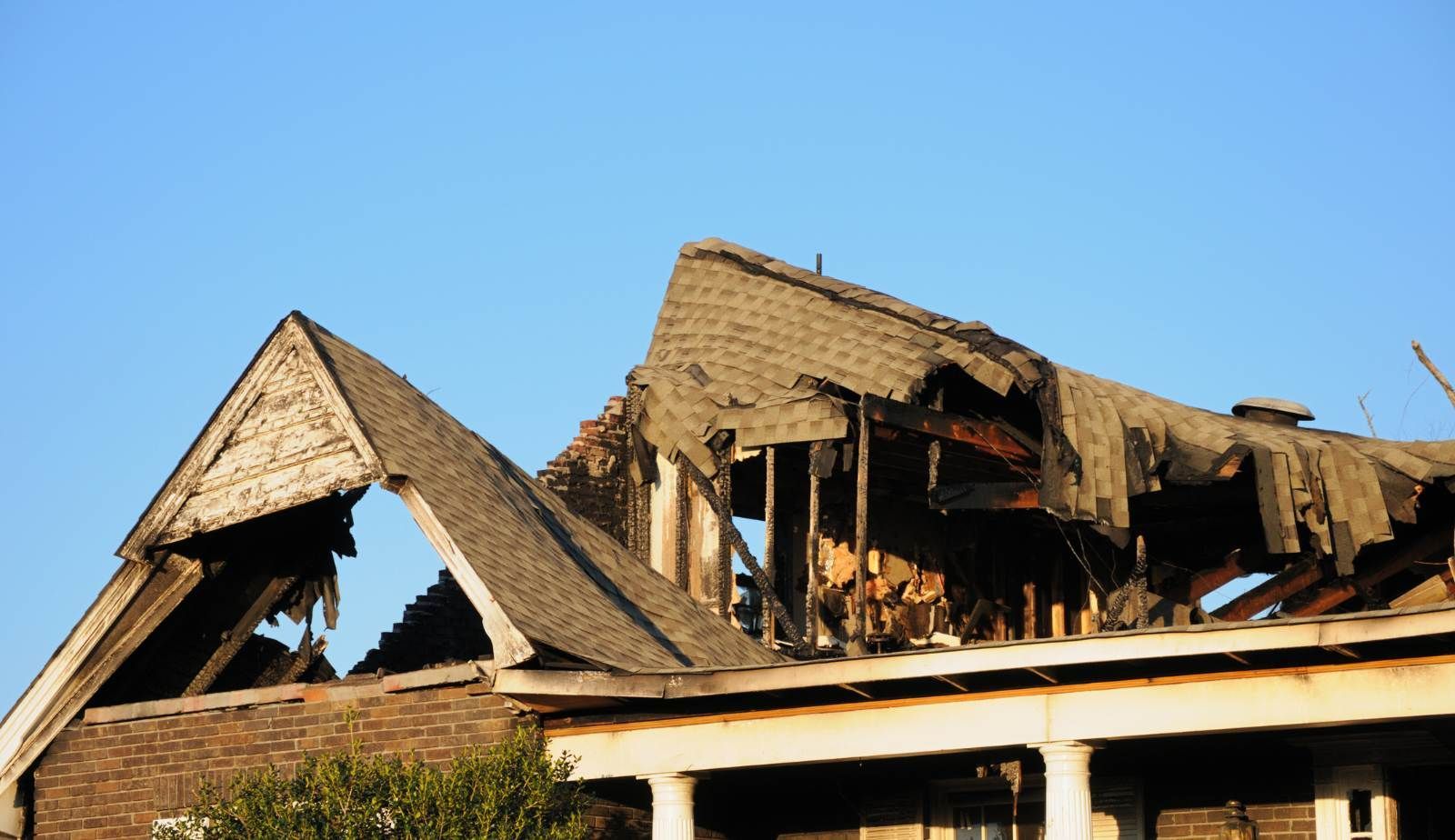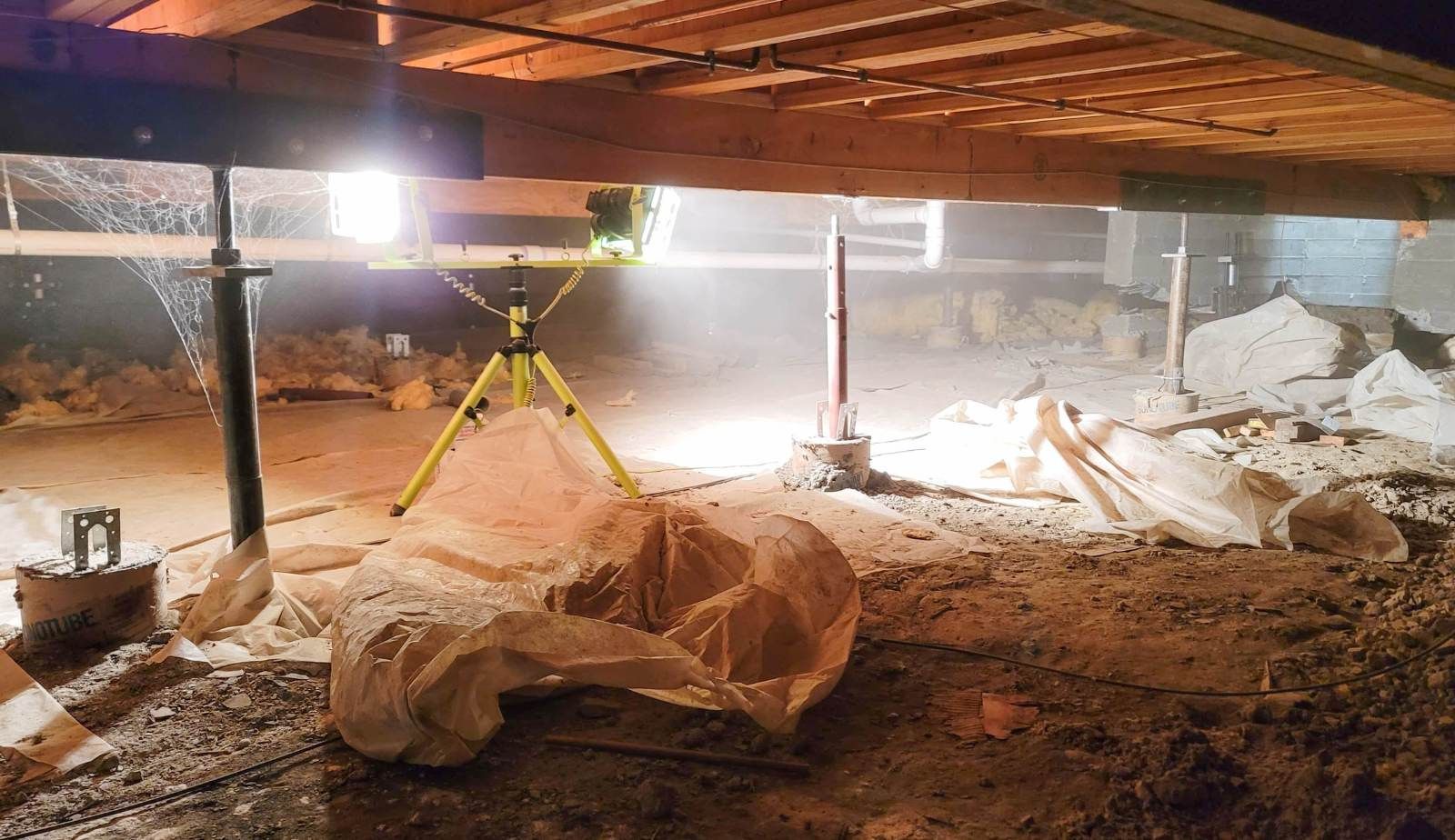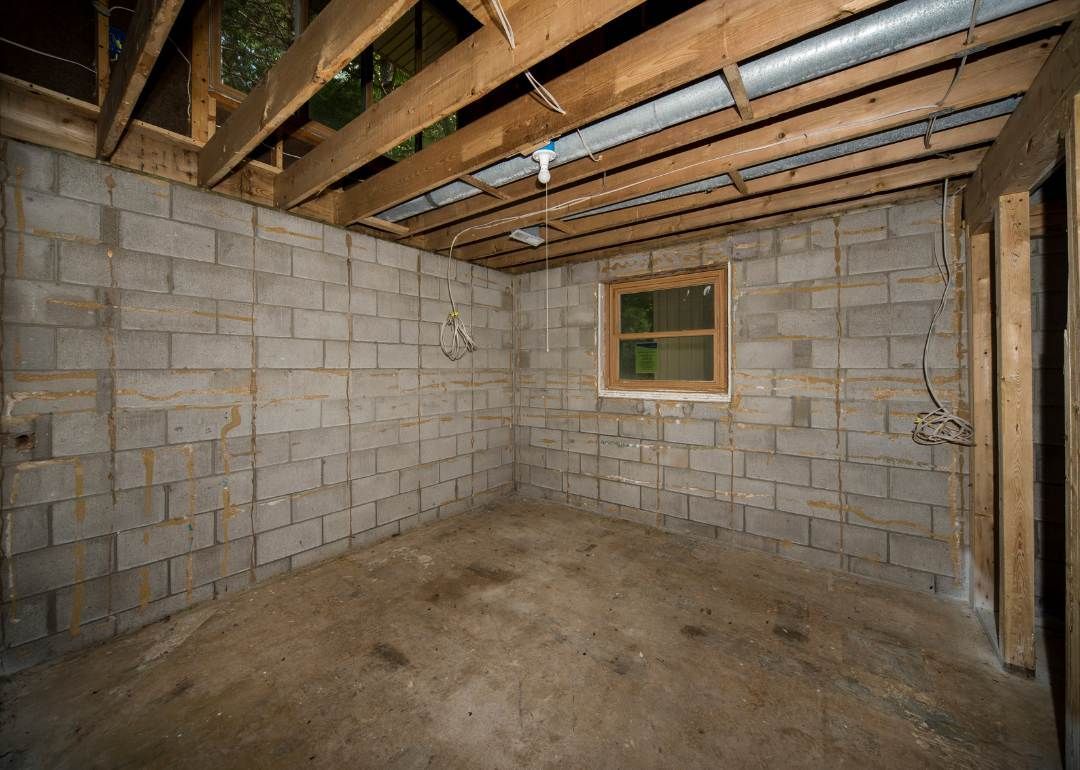Hidden Water Damage In Louisiana Properties
Signs of Hidden Water Damage - Where To Look
What Are The Signs?
- Staining: Dark stains on wood, drywall, ceilings & floors is a huge indicator of water damage. When water damage gets so severe that it starts seeping through your building materials, causing staining, you know there is a problem.
- Swelling: As water absorbs into building materials, these porous surfaces can begin to swell, causing separation of adjacent materials & surfaces. Check your baseboards & doorways for any separations, as these areas are most prone to it. It may be difficult to physically see swelling, but a telltale sign is if a door is slowly becoming more difficult to open and close.
- Damaged Wall Finishes: As water within your home’s wall or ceiling voids saturates the porous building materials, the saturation will compromise adhesion to the wall finishes. This can cause your wall finishes, whether it be paint or wallpaper, to peel, bubble, or crack.
- Condensation: Patches of condensation on walls & ceilings are a telltale sign that there is excess moisture hidden in a wall or ceiling void. This hidden water damage may be the result of a leak, excess humidity, or even poor ventilation.
- Sagging Walls & Ceilings: Hidden water damage can impose a good deal of weight on your home’s ceilings & walls. Eventually, oversaturated drywall & ceiling materials can begin to sag & deform under all that pressure. This can pose a huge safety hazard if these walls or ceilings were to collapse.
- Musty Odors: Hidden water damage can easily create an ideal breeding ground for mold. This produces a musty, distinct odor. Mold can not survive without a water source, so if this odor is present in your property and you can’t identify the source, it is more than likely the result of hidden water damage.
- Signs of Mold: With an adequate water source, mold can begin to develop in as little as 24 to 48 hours. If you suspect hidden water damage or unseen mold growth in your Louisiana home, contact a local professional mold remediation company in your area to get to the root of the problem. Professional mold inspectors will be able to identify & isolate the hidden water damage that is causing the mold to develop, as well as develop a scope of work for remediation & dry out.
- Visible Signs of Mold: As previously mentioned, hidden water damage can lead to severe mold development. Mold can present itself in a variety of ways. It comes in a multitude of colors including black, white, grey, brown, green and many others. It
may look like a fuzzy or chalky substance settled on walls & ceilings. Mold generally forms in clusters, so be on the lookout for blotches of discoloration, or suspicious looking substances settled on the surfaces of your home. When it comes to hidden water damage & mold, one can not exist without the other. Mold can only survive when there is a moisture source to sustain it. Removing the source of the hidden water damage, along with actively remediating the mold issue will ensure that mold doesn’t make its way back in once it is gone.
As you can see, discovering hidden water damage in your Louisiana home can lead to an array of issues & repairs that you will need to take care of. Finding & eradicating the source of the moisture should be your first priority. Water damaged building materials will likely be too damaged to repair, and must be properly removed, with all affected areas needing professional structural dry out services. If your home has fallen victim to hidden water damage, contact a
local water damage restoration service in your Louisiana area. Professional water damage restoration technicians will be able to restore your home to pre-damage conditions in no time.
You might also like
DryMax Restoration Blogs




